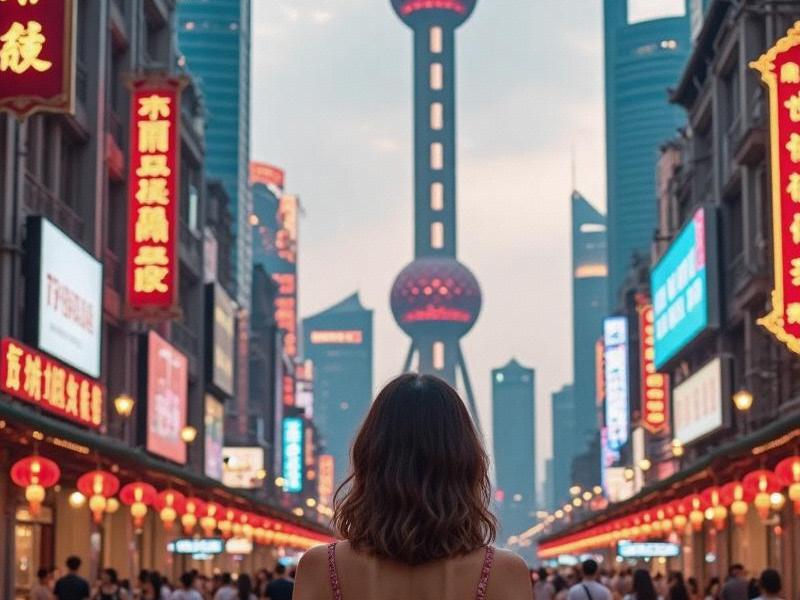This 2,500-word special report examines Shanghai's ambitious transformation from China's financial center into a comprehensive global innovation hub, blending cutting-edge technology with cultural preservation and sustainable urban development.

The Shanghai skyline tells a story of constant reinvention. Where colonial-era buildings stand shoulder-to-shoulder with futuristic skyscrapers, the city embodies its unique ability to honor history while relentlessly pursuing the future. As Shanghai approaches its 2045 master plan milestones, the city is undergoing its most profound transformation yet - evolving from China's financial capital into what urban planners call "the world's first full-spectrum innovation metropolis."
Economic Metamorphosis
Shanghai's innovation economy by the numbers:
- 47 global R&D centers established since 2020
- ¥587 billion annual investment in emerging technologies
- 39% of GDP now from knowledge-intensive industries
- 28 unicorn startups headquartered in the city
- 15% annual growth in patent applications
"Shanghai is no longer just about banking and trade," notes economist Dr. Zhang Wei. "It's becoming a factory for the future."
The Innovation District Phenomenon
Key development zones:
- Zhangjiang Science City: China's answer to Silicon Valley
- Lin-gang Special Area: Testing ground for autonomous vehicles
- Hongqiao Business District: Asia's largest conference hub
- West Bund: AI and digital art convergence zone
- Yangpu Knowledge Innovation Zone: University-industry collaboration
上海神女论坛
Urban planner Li Ming observes: "Each district specializes in a different dimension of innovation."
Cultural Renaissance
Preservation meets innovation:
- Digital restoration of Shikumen architecture
- AI-powered museum experiences
- Quantum computing applied to cultural heritage conservation
- Blockchain authentication for art collections
- Holographic recreations of historical events
"We're using tomorrow's technology to protect yesterday's treasures," says cultural minister Chen.
Green Revolution
Sustainability breakthroughs:
- 68% of buildings now energy-positive
- Vertical forests covering 1.2 million m²
- Autonomous electric ferry network
上海龙凤阿拉后花园 - Waste-to-energy conversion plants
- Urban farming producing 15% of vegetables
Environmental scientist Dr. Wang notes: "Shanghai proves megacities can be eco-cities."
Global Connectivity
International integration:
- 72-hour visa-free transit policy
- 48 international innovation partnerships
- 17 foreign chambers of commerce
- 39 sister city agreements
- 28% of residents being expatriates
"Shanghai has become the world's meeting room," remarks international relations expert Mark Zhou.
The Human Dimension
Quality of life innovations:
- Universal basic mobility program
上海龙凤419 - AI-assisted eldercare systems
- Neighborhood innovation incubators
- Digital nomad residency permits
- Smart health monitoring networks
Sociologist Professor Liu observes: "The ultimate innovation is human happiness."
Challenges Ahead
Ongoing considerations:
- Housing affordability solutions
- Talent retention strategies
- Regulatory framework modernization
- Cybersecurity infrastructure
- Cultural identity preservation
Government spokesperson comments: "We're addressing challenges through open innovation."
Conclusion
As the Huangpu River reflects both the neon glow of Pudong and the moonlit curves of the Bund, Shanghai stands at a unique crossroads of history and future. The city's transformation into a global innovation hub represents more than economic development - it's a reimagining of what a 21st century metropolis can be. In Shanghai's laboratories, startups, and cultural institutions, the world is witnessing the birth of a new urban paradigm where technology serves humanity, growth preserves heritage, and local identity coexists with global ambition. The Shanghai model may well define the future of cities worldwide.